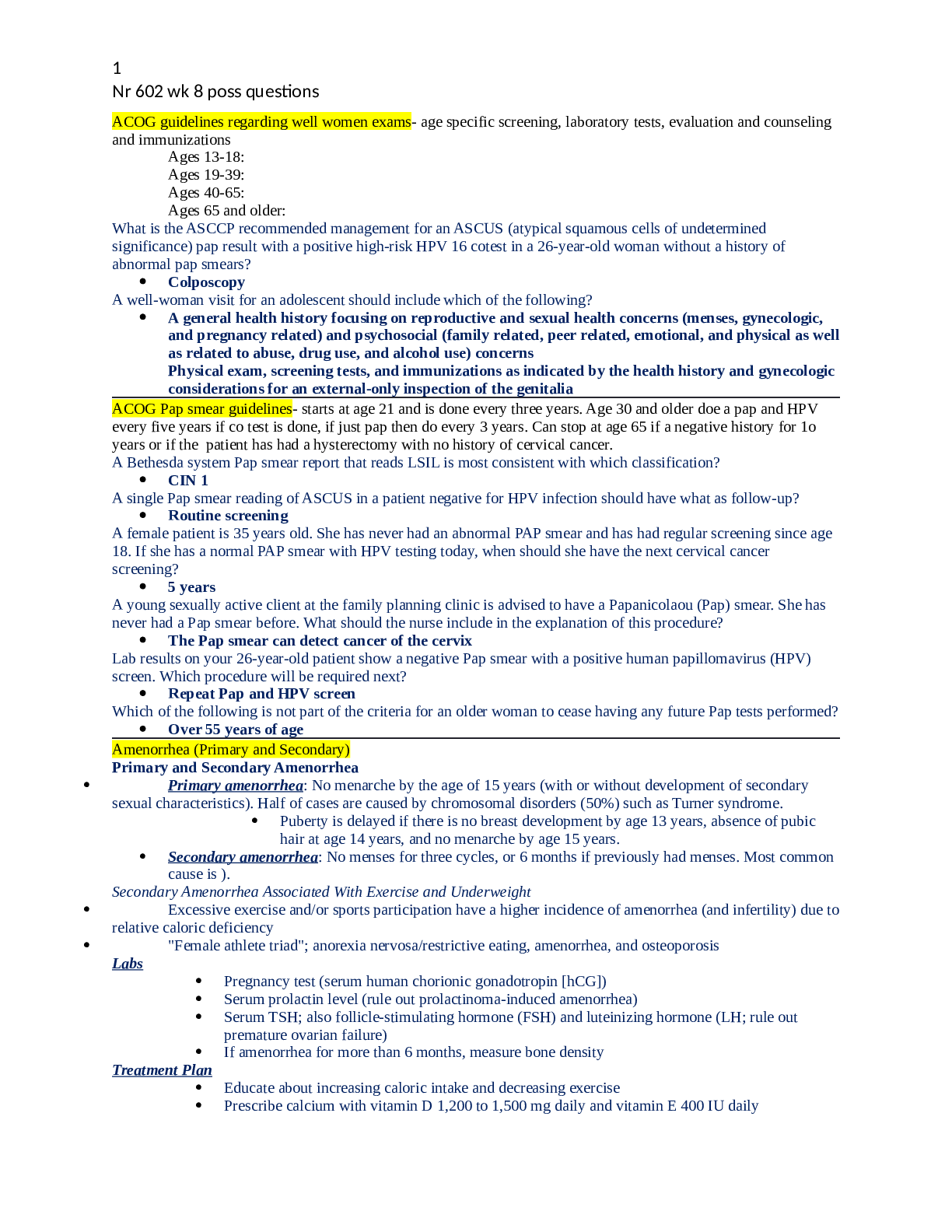*NURSING > STUDY GUIDE > OB Exam 4-High Risk Pregnancy Study Guide.docx. REVISION GUIDE. GUARANTEED COMPREHENSION. (All)
OB Exam 4-High Risk Pregnancy Study Guide.docx. REVISION GUIDE. GUARANTEED COMPREHENSION.
Document Content and Description Below
High Risk Pregnancy: Pre-Existing Conditions Diabetes Mellitus the body cannot produce/utilize adequate insulin to regulate blood glucose levels (insulin normally enables glucose to move from t... he blood into the cells) Without adequate insulin, glucose does not enter the cells and they become energy depleted Blood glucose levels remain high (hyperglycemia), and the cells break down their stores of fats and protein for energy Protein breakdown results in negative nitrogen balance; fat metabolism causes ketosis Diagnosis of diabetes is based on the presence of clinical symptoms and lab tests showing elevated glucose levels in the blood, glycosuria, and ketoacidosis. o Polyuria Frequent urination Results b/c water is not reabsorbed by the renal tubules due to the osmotic activity of glucose o Polydypsia Excessive thirst Caused by dehydration from polyuria o Polyphasia Excessive hunger Caused by tissue loss and a state of starvation, which results from the inability of the cells to use the blood glucose o Weight loss Seen with marked hyperglycemia Due to the use of fat and muscle tissue for energy Diabetes in Pregnancy Gestational diabetes mellitus (GDM) is defined as any degree of glucose intolerance that has its onset or its first diagnosed during pregnancy. This can cause increased risk for perinatal morbidity and mortality. Women with GDM have increased chances of overt type 2 diabetes. This is NOT a preexisting condition. Pregnancy impact on DM and DM impact on pregnancy o Pregnancy can affect diabetes significantly because the physiologic changes of pregnancy can drastically alter insulin requirements. Pregnancy may also alter the progress of vascular disease secondary to DM. o DM may be difficult to control b/c insulin requirements are changeable o During the 1st trimester, the need for insulin frequently decreases. Levels of hPL, an insulin antagonist, are low; fetal needs are minimal; and the woman may consume less food b/c of n/v. o N/V may cause dietary fluctuations and increase the risk of hypoglycemia, formerly called insulin shock. o Insulin requirements begin to rise late in the first trimester as glucose use and glucose storage by the woman and fetus increase. Insulin requirements may double or quadruple by the end of pregnancy as a result of placental maturation and hPL production. o Increased energy needs during labor may require increased insulin to balance IV glucose. o After delivery of the placenta, insulin requirements usually decrease abruptly as a result of the loss of hPL in maternal circulation. o A decreased renal threshold for glucose leads to a higher incidence of glycosuria. OB Exam 4: High risk pregnancy o The risk of ketoacidosis, which may occur at lower serum glucose levels in the pregnant woman with DM than in the nonpregnant woman with diabetes, increases. o The vascular disease that accompanies DM may progress during pregnancy. o HTN may occur, contributing to vascular changes. o Nephropathy may result from renal impairment, and retinopathy may develop (from occlusion of the microscopic blood vessels of the eye Risks of Diabetes during Pregnancy Maternal Risks Infant Risks Hydramnios o Increase in volume of amniotic fluid o Thought to be a result of excessive fetal urination b/c of fetal hyperglycemia. o Increased risk for premature rupture of membranes and onset of labor pre-eclampsia/eclampsia o More at risk than normal preg, esp when vascular changes already exist Hyperglycemia/ketoacidosis o D/t insufficient amounts of insulin o Can lead to ketoacidosis as a result of the increase in ketone bodies (they are acidic) released in the blood from the metabolism of fatty acids o Decreased gastric motility and the anti-insulin effects of hPL also predispose the woman to ketoacidosis. o Ketoacidosis usually develops slowly but, if untreated, can lead to coma and death for mother and fetus. Labor dystocia o Means a difficult labor o Caused by fetopelvic disproportion if fetal macrosomia exists Worsening of diabetic complications (vascular, retinopathy) o Good control of blood glucose levels lessens the impact o Women with preexisting diabetes should be referred Many of the problems of the newborn result directly from high maternal plasma glucose levels. In the presence of untreated maternal ketoacidosis, the risk of fetal death increases dramatically Congenital anomalies o Major cause of death of babies born to women with diabetes. o Most anomalies involve the heart, central nervous system, and skeletal system. o Sacral agenesis appears almost exclusively in newborns of mothers with diabetes. In this, the newborns sacrum and lumbar spine fail to develop and the lower extremities develop incompletely o Preconception counseling and strict diabetes control before conception help reduce the incidence of congenital anomalies LGA o As a result of high levels of fetal insulin production stimulated by the high levels of glucose crossing the placenta from the mother. The elevated levels continually stimulate the fetal islets of Langerhans to produce insulin. This hyper insulin state causes the fetus to use the available glucose, which leads to excessive growth (macrosomia) and fat deposits. o If born vaginally, the macrosomic neonate is at increased risk for shoulder dystocia and traumatic birth injuries so C-section may be considered if the birth wt is expected to exceed 4500 g o Macrosomia can be significantly reduced by strict maternal blood glucose control. IUGR o Infants of mothers with advanced diabetes (vascular involvement) may demonstrate intrauterine growth restriction (IUGR), which occurs b/c vascular changes in the mother decrease the efficiency of placental perfusion and the fetus is not as well sustained [Show More]
Last updated: 2 years ago
Preview 1 out of 17 pages
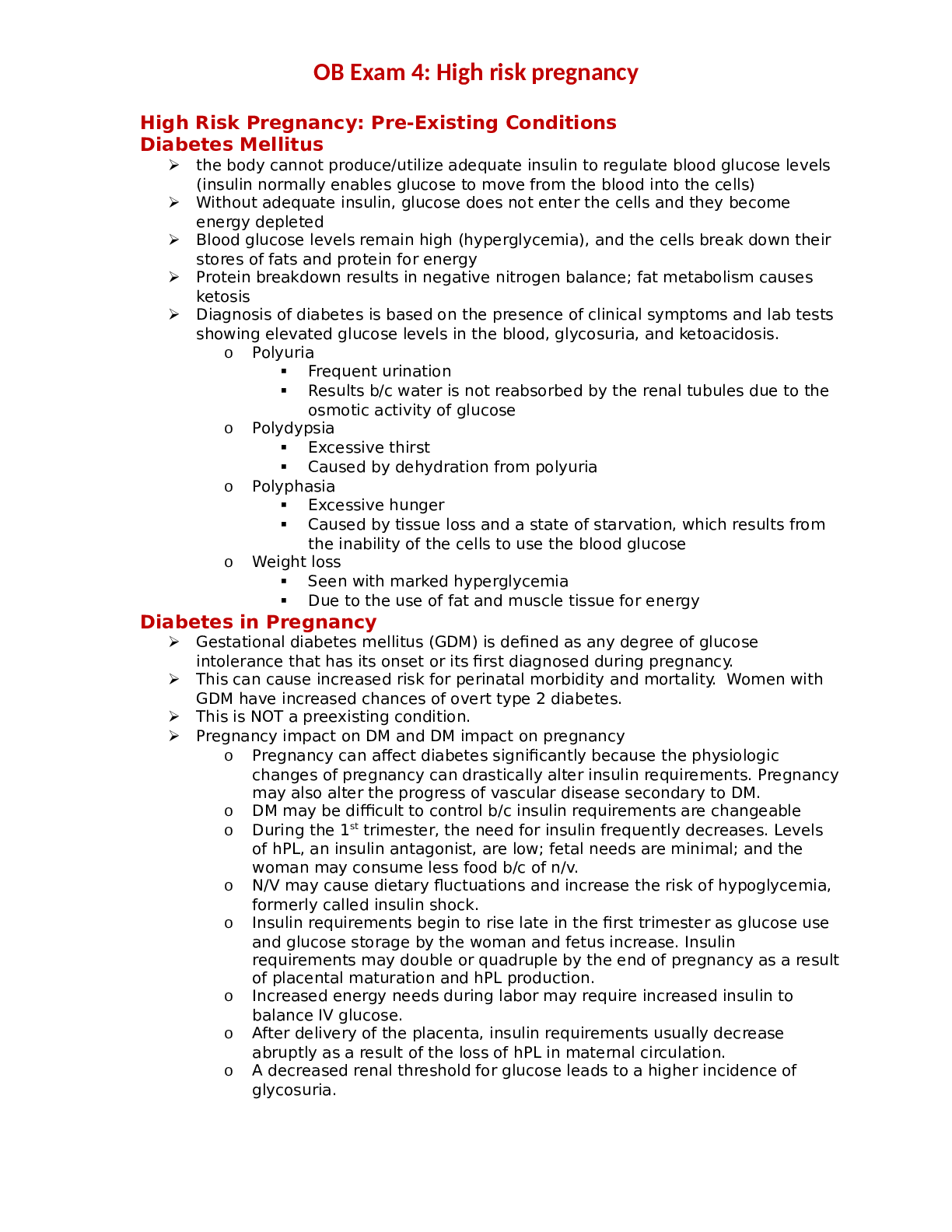
Buy this document to get the full access instantly
Instant Download Access after purchase
Buy NowInstant download
We Accept:

Reviews( 0 )
$7.00
Can't find what you want? Try our AI powered Search
Document information
Connected school, study & course
About the document
Uploaded On
Mar 30, 2022
Number of pages
17
Written in
Additional information
This document has been written for:
Uploaded
Mar 30, 2022
Downloads
0
Views
98



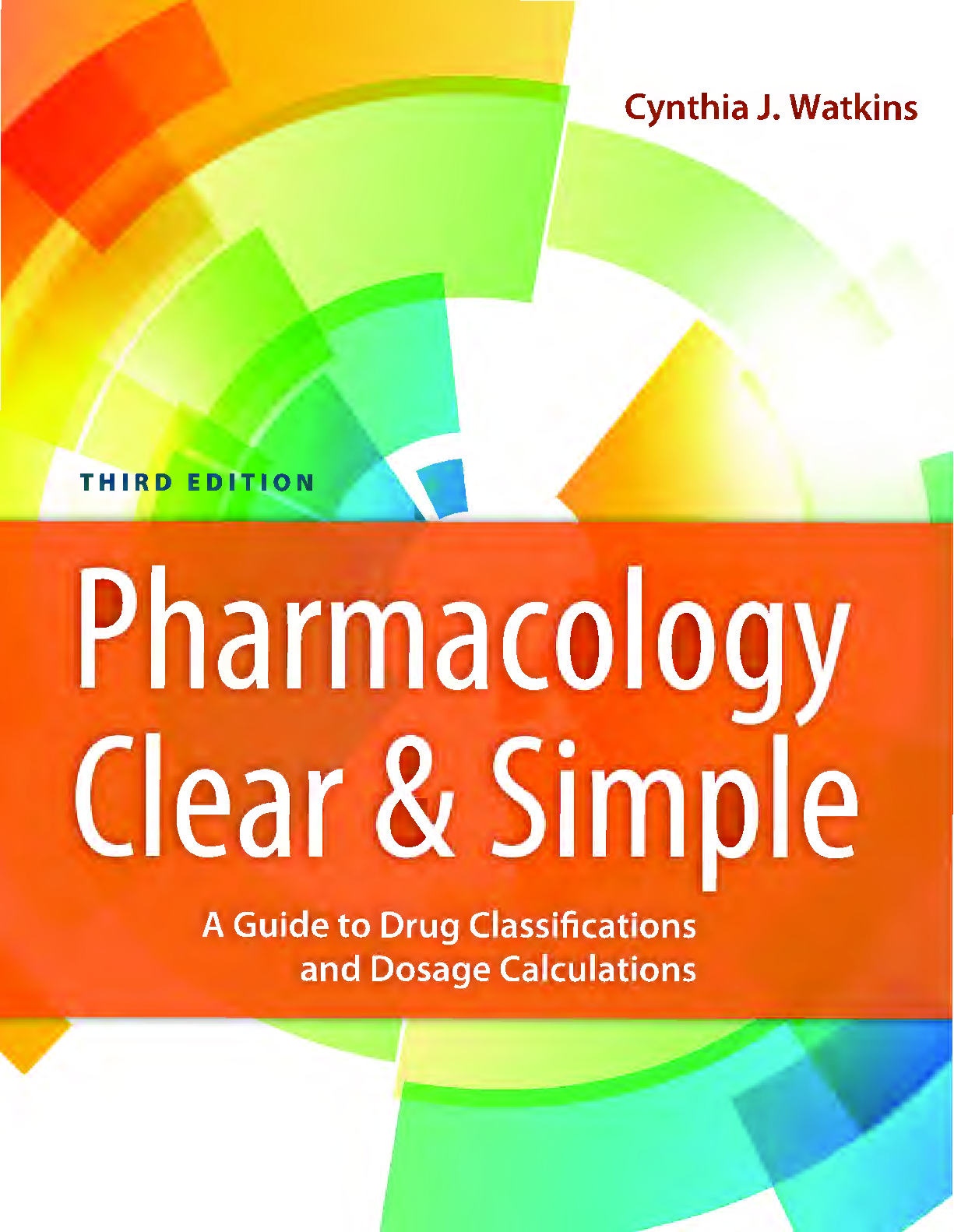
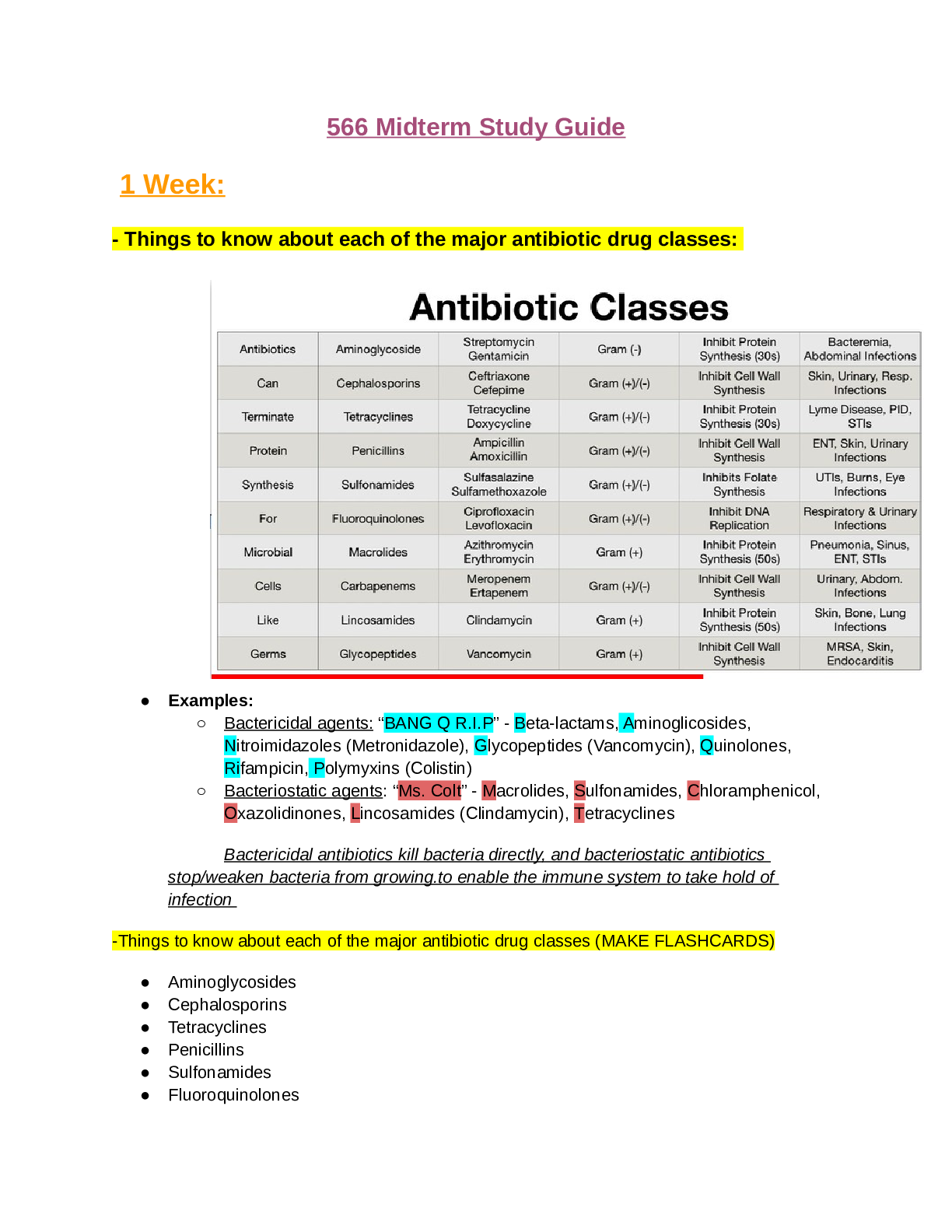
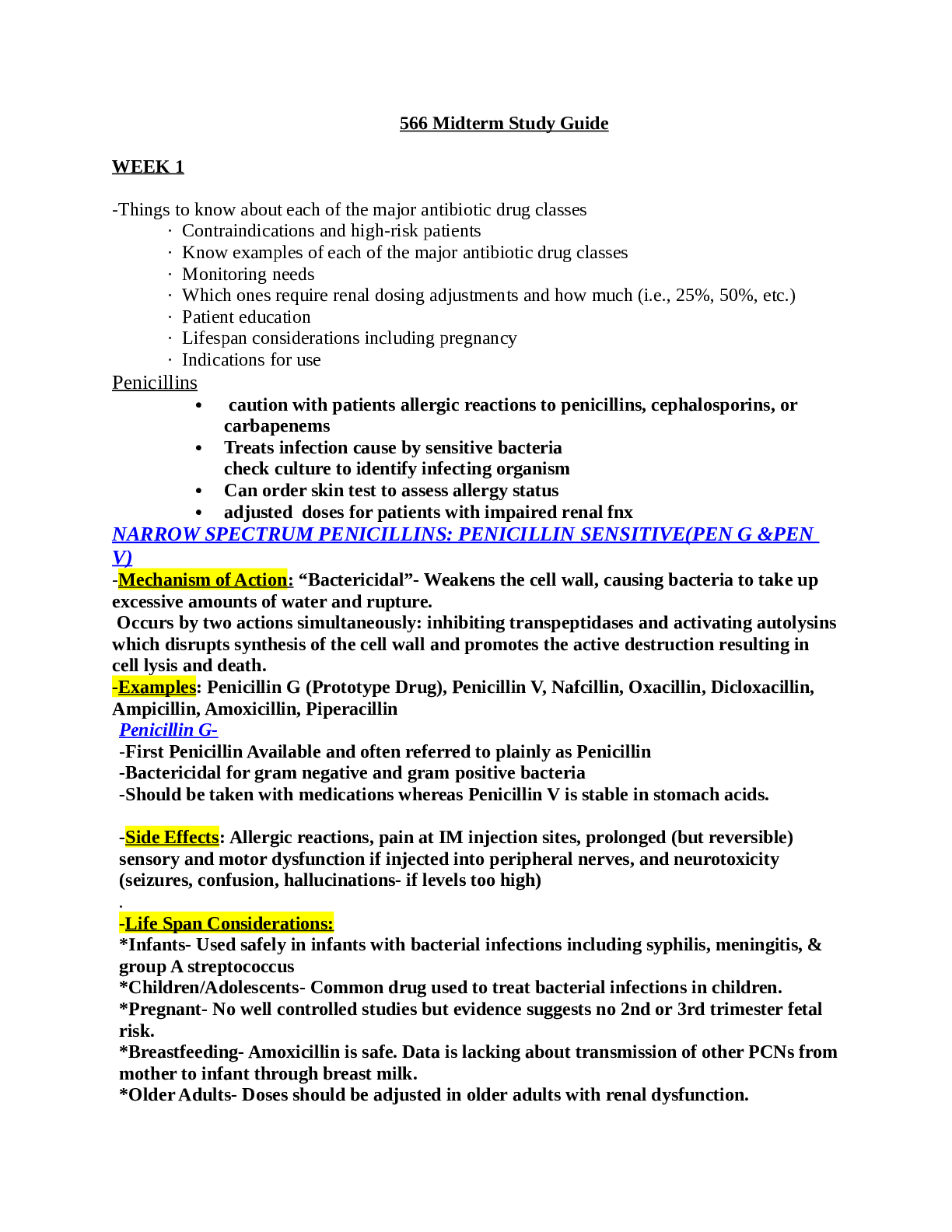


.png)
 (1).png)
